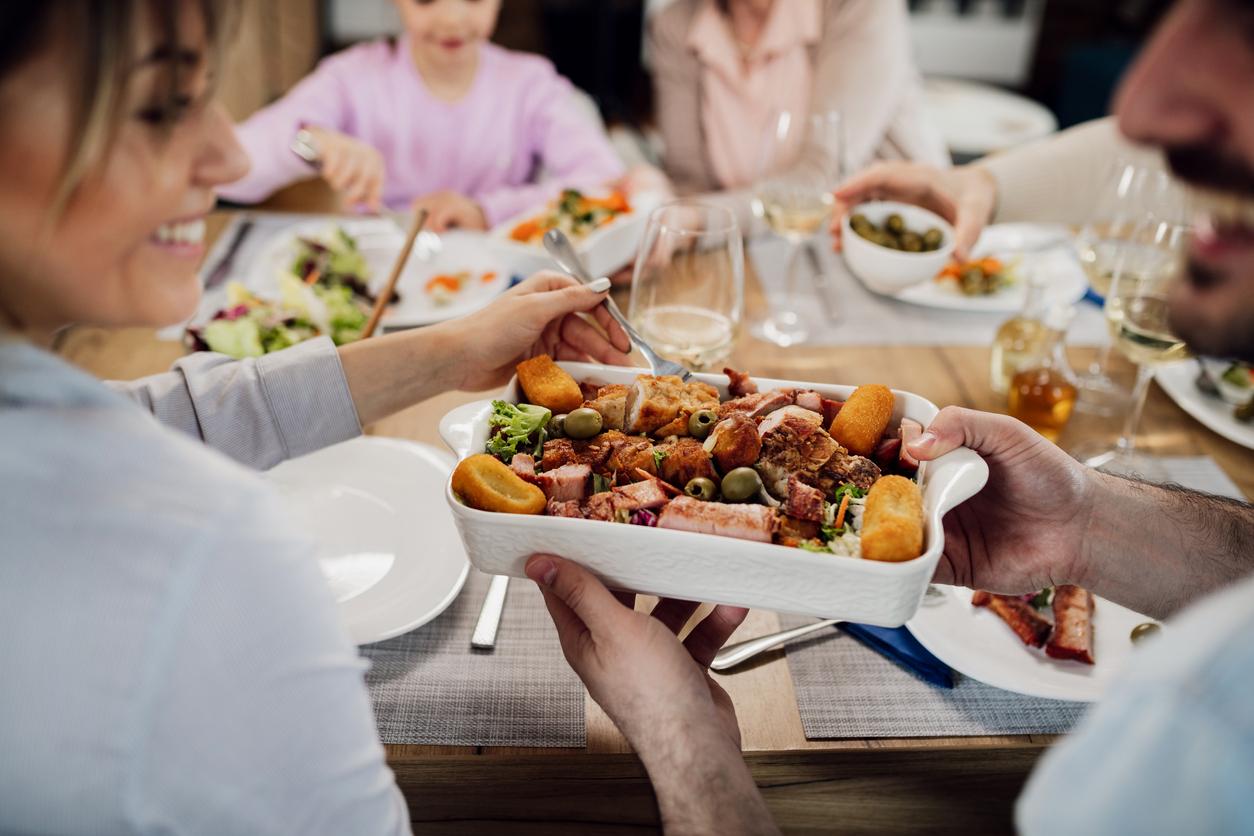Today, a study in Morbidity and Mortality Weekly Report describes a COVID-19 outbreak in the Hopi Tribe in Arizona that infected 29 of 60 people who attended two large indoor gatherings during tribal stay-at-home orders or were exposed at work or during family visits, sparking the creation of an enhanced coronavirus surveillance and education program detailed in an accompanying field report.
Symptomatic but undiagnosed virus spreaders
The outbreak was detected on Jun 3, when a 73-year-old woman with symptoms was diagnosed as having COVID-19 11 days after she and a sibling together made a 2-hour drive to a large home improvement store, where they spent several hours. The sibling later developed symptoms and tested positive for COVID-19 on Jun 5.
Of the siblings' 58 primary and secondary contacts, 27 (47%) tested positive for the coronavirus. Of the 27 infected contacts, 4 (15%) were household members of the sibling, 14 (52%) had attended indoor family dinners, 1 was a child who may have spread the virus to 6 others, and 8 (30%) were community members. Twenty-two of the 27 contacts (81%) eventually had symptoms, including 4 (14%) who were presymptomatic at the time of testing.
While having symptoms but before being tested, the index patient worked in an office with a colleague, who became infected and exposed eight household members and five coworkers. The index patient and her sibling then helped 13 extended family members plant crops, after which they all attended a potluck dinner. Several days later, the two siblings attended a graduation dinner with 23 other people, including three who had also participated in the potluck.
One child is believed to have exposed six contacts, five of them household members, all of whom tested positive for COVID-19. While the four infected family members had also spent time with the index patient, the intervals between the cases and interview results suggest that the child was the source.
Two patients visited an emergency department, but only one needed critical care, and no deaths were reported. Many people interviewed during contact tracing revealed a need for education on mask wearing, physical distancing, and handwashing.
Median patient age was 21 years. Thirteen of the 29 people infected with COVID-19 (45%) had at least one underlying illness, including obesity (7 [24%]), diabetes (3 [10%]), and cardiovascular disease (3 [10%]).
The authors said that frequent social interaction among extended-family members spread the virus, with the index patient and her sibling socializing in the community while symptomatic but before diagnosis. Also, children and young adults involved in the outbreak had no symptoms or only mild ones and might not have been diagnosed if it weren't for universal contact tracing.
"In communities with similar extended family interaction, emphasizing safe ways to stay in touch, together with wearing a mask, frequent hand washing, and physical distancing might help limit the spread of disease," the researchers wrote.
Enhanced surveillance, education welcomed
The field report describes how the Hopi Health Care Center (HHCC) (part of the Indian Health Services) and the Hopi Tribe Department of Health and Human Services worked with the Centers for Disease Control and Prevention (CDC) to enhance COVID-19 surveillance and increase public health message in English and Hopi through the radio and in-person home visits from Community Health Representative Program workers.
From Apr 11 to Jun 15, 136 cases of COVID-19 were identified among the roughly 7,500 Hopi Tribe members (1.8%) in 12 rural villages. Twenty-seven of the 136 infected people (20%) were hospitalized. Contact tracing revealed high rates of deferral of care and testing among people with symptoms, inconsistent mask wearing and physical distancing; and lack of knowledge of the roles of testing, isolation, and quarantine.
After case identification and contact tracing were completed, the enhanced surveillance protocol was tested in the small Hopi villages of Oraibi (population, 100) and Bacabi (population, 175) on Jun 24 and Jul 16, respectively.
Five teams made up of one community health representative and one volunteer canvassed each town within 5 hours, approaching 101 households, 78 (77%) of which provided basic information on 259 people, 141 of whom were screened for symptoms.
Two people reported nasal congestion and a runny nose, one of whom was lost to follow-up and one who attributed their symptoms to seasonal allergies. Two people were referred for testing after possible COVID-19 exposures; both tested negative.
The teams reported that tribal members in the two villages seemed to appreciate the program and the presence of community health representatives and seemed interested in the coronavirus information offered. Given the positive feedback, each Hopi village was canvassed at least once from July to the end of October, and officials are seeking resources to expand the program to conduct more frequent canvassing.
"Additional potential modifications to the program include streamlining the household interview and distributing masks," the authors wrote. "If the program is expanded, it will be evaluated after 1 year of implementation according to predefined indicators for impact on COVID-19 case detection and community knowledge and practices; precise details of this evaluation plan have not yet been finalized."





















